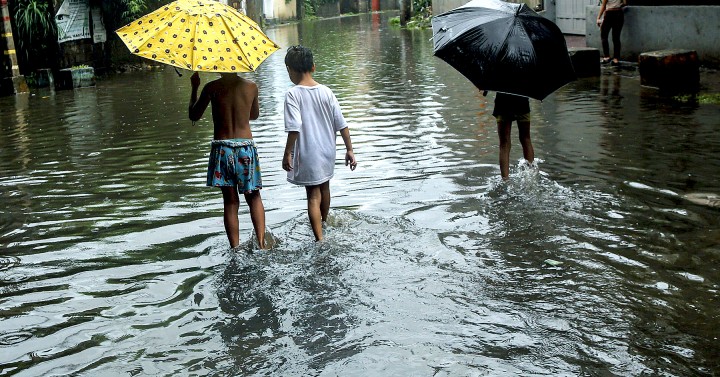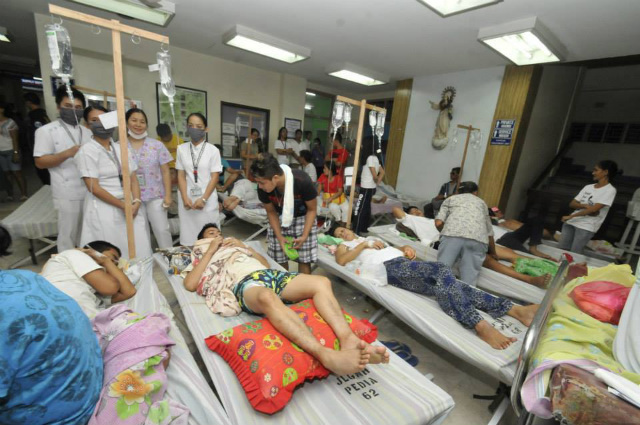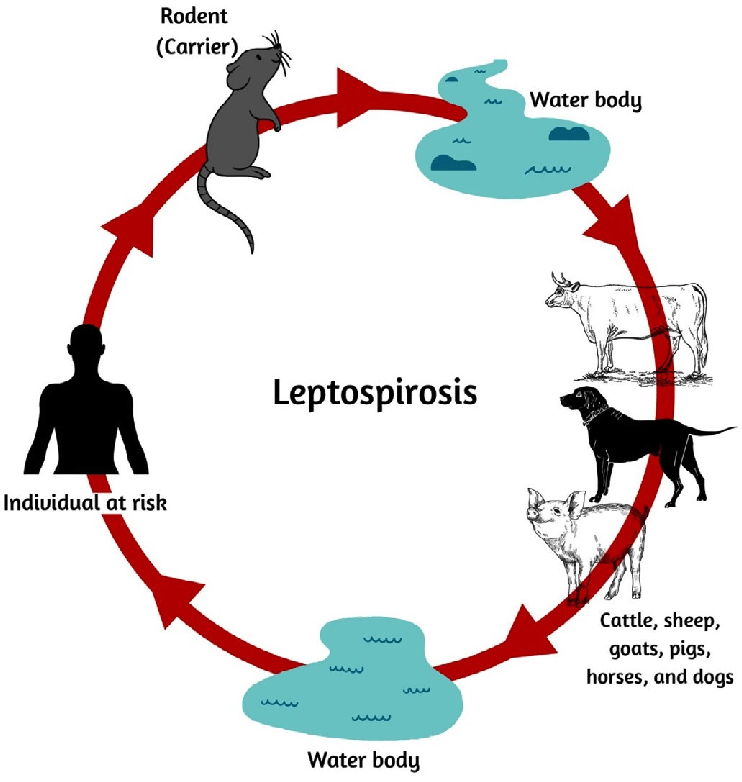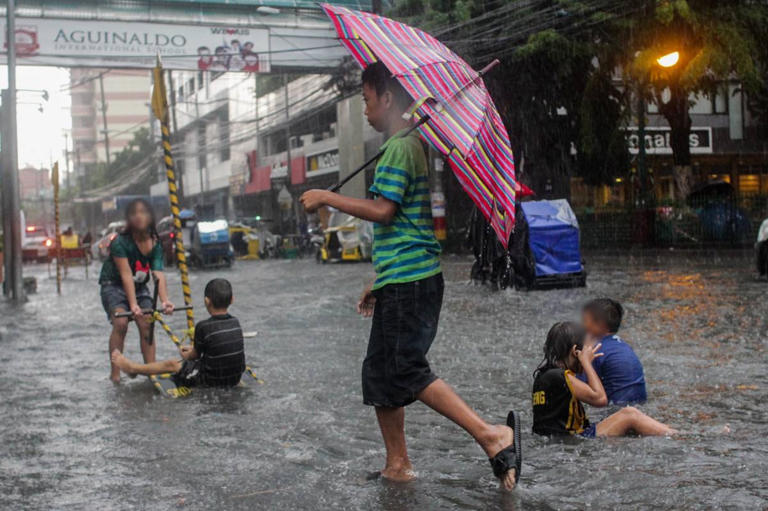The Department of Health (DOH) on Tuesday issued a renewed warning to the public against leptospirosis, a potentially fatal bacterial infection that poses a serious threat during the rainy season, especially in flood-prone areas.
Leptospirosis is commonly contracted through exposure to floodwaters contaminated with the urine of infected animals, particularly rats. The bacteria can enter the body through open wounds or cuts, as well as through the eyes, nose, or mouth.

With monsoon rains continuing to inundate many parts of the country, health officials are urging the public to take extra precautions.
“Floodwaters are not just dirty — they can be dangerous,” the DOH said in a statement. “It’s crucial for the public to understand the risks and act accordingly to avoid serious health complications.”
Symptoms and Complications
Leptospirosis symptoms typically appear five to 14 days after exposure. These include high fever, headache, muscle pain (particularly in the lower back and calves), red eyes, chills, vomiting, diarrhea, jaundice, and dark-colored urine.

In more severe cases, the disease may lead to kidney failure, liver damage, meningitis, respiratory distress, or even death if not promptly treated.
Precautionary Measures
To minimize the risk of infection, the DOH recommends the following:
- Avoid wading in floodwaters whenever possible.
- Wear protective gear such as boots and gloves if exposure is unavoidable.
- Keep wounds clean and covered.
- Watch out for symptoms after exposure and seek immediate medical attention.
- Refrain from self-medicating with antibiotics.
- Keep surroundings clean to prevent rodent infestations.
The DOH also noted that individuals at high risk of exposure — such as emergency responders or residents in flood-prone communities — may take 200 mg of doxycycline once a week, but only upon the advice of a healthcare professional.
Government Support
The Philippine Health Insurance Corporation (PhilHealth) offers financial support to those diagnosed with leptospirosis. The benefit package includes up to ₱21,450 for moderate and severe cases requiring hospitalization.
Rising Cases in 2025
As of July 19, the DOH has recorded 3,037 leptospirosis cases nationwide, with 1,114 new cases reported since June 8 following the onset of the rainy season. Between July 13 and 31 alone, 569 additional cases were documented.
Among government hospitals, East Avenue Medical Center in Quezon City logged the highest number of leptospirosis admissions with 32 cases, followed by Sta. Ana Hospital in Manila with 26, and the National Kidney and Transplant Institute with 19.

Health authorities continue to monitor the situation closely and emphasize that prevention remains the best defense.
“We urge the public to remain vigilant and responsible, especially during times of flooding,” the DOH said. “Awareness and early intervention can save lives.”







